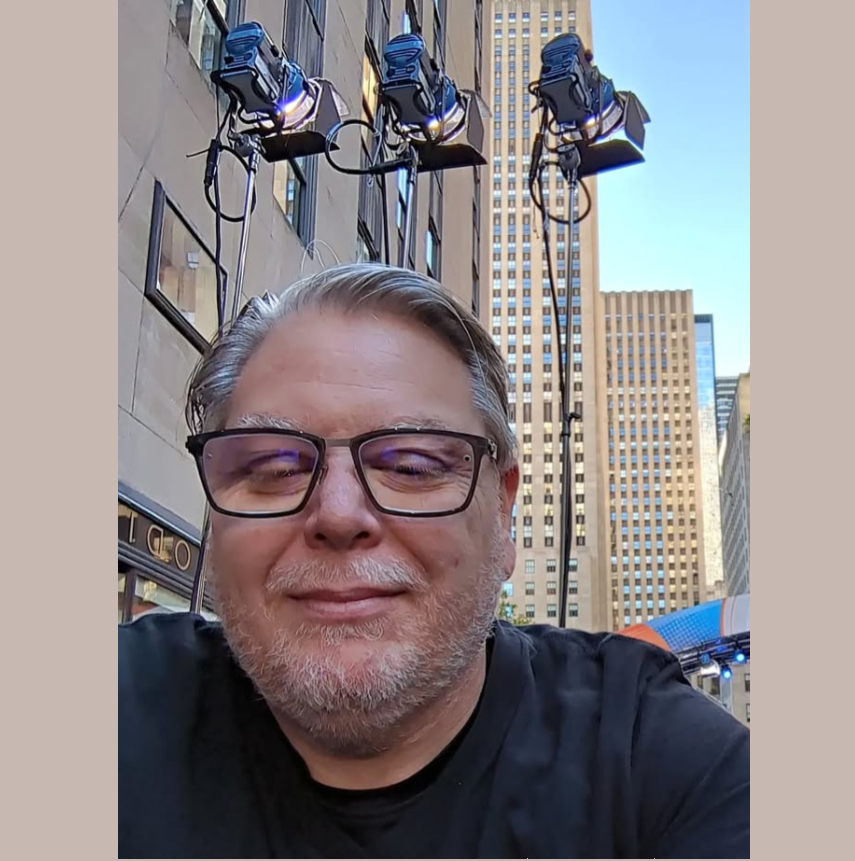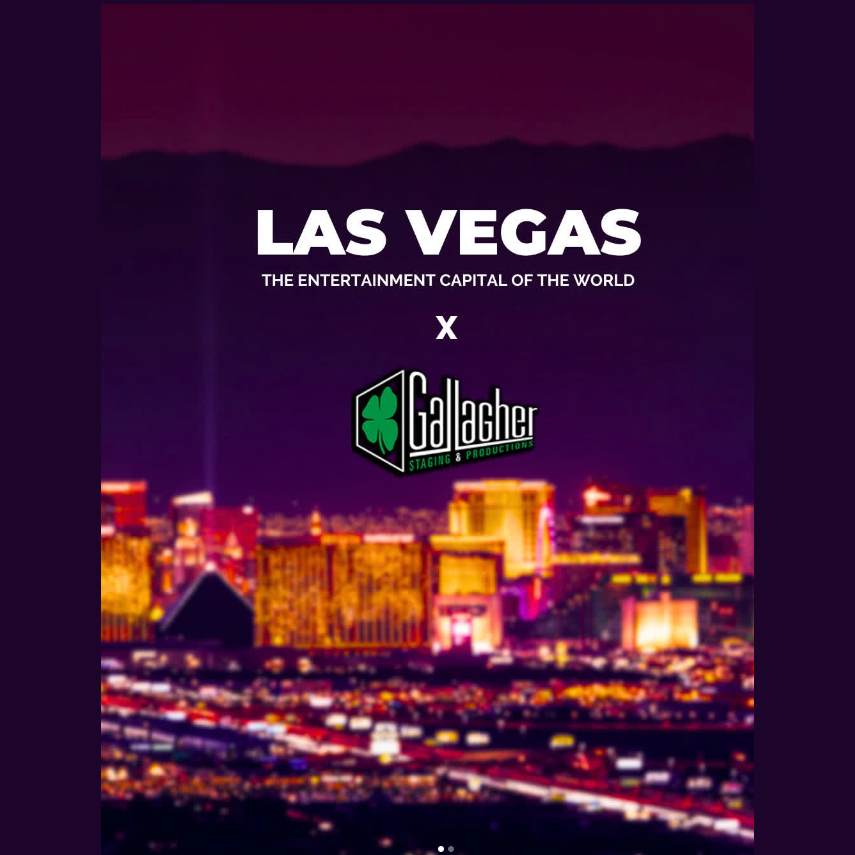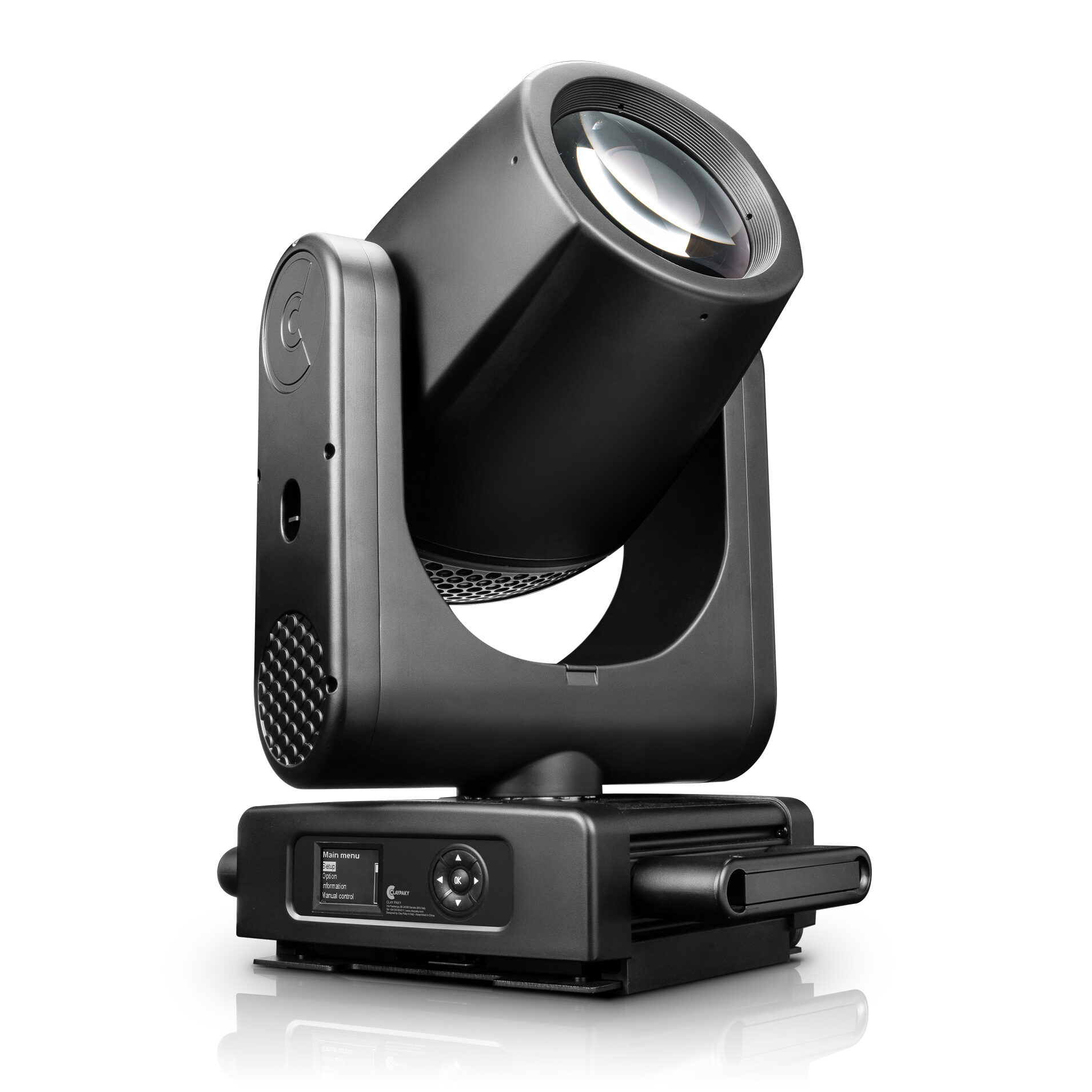PARIS – The 2010 Wella International Trend Vision (ITV) Awards, staged in Halle Freyssinet, an industrial railway structure built in 1920, was lit by LD Richard Knight to highlight the contrast between the industrial look of the site and the beauty displayed on the fashion runways. "We chose to allow the venue to dictate certain decisions," said Knight. He noted that Martin Sutherland, the set designer, "created a layout that minimized sightline issues caused by the supporting columns, and made best use of the available space."
Knight used GLP impression 90 and impression 120 fixtures for the event – about 80 in all, split into several zones. Zone 1, used for the evening gala dinner and awards presentations, and Zone 2, where the morning and afternoon catwalk shows were held, were connected by a central "hub" done up to look like a modern TV studio, where interviews took place during the day. There were also four "trend zone" exhibition spaces.
Knight and Sutherland kept the areas within the venue "relatively open, allowing me to highlight the venue's natural ‘Industrial Grunge' architecture and let the structure of the venue shine through," Knight said. This created the juxtaposition between the "plain ugliness" of the venue and the beauty of the hair models, Knight added.
To achieve this, 24 impressions were attached to the pre-existing concrete beams edging the Catwalk area in Zone 2, with eight more 120 RZ Zooms (with 10°-26° beam) positioned on FOH truss.
"Using the side-mounted impressions, I could illuminate the columns and also cover the ceiling arches with the same fixtures," Knight said. "If I wanted to bling up the TV studio, I just had to point the FOH truss units the other way – back behind the control platform. I could also use the same fixtures to back-light the audience – so, in effect, they had three jobs."
In the TV Studio area Knight also provided an additional 12 impressions to deal with a transitional "dead zone" between Zone 2 and Zone 1 – which also had to be left clear for emergency vehicle access. Knight also used 12 more GLPs in various locations, including four on a pantograph.
Lighting the morning show presented the main challenge when Wella presented their ideas for the future. "It has a very strong theatrical element with live show director, Kim Gavin's dancers interpreting each of the four trends, backed with some stunning screen visuals from Knifedge Ltd.," Knight said.
"Those introductions were then followed by hair models for each trend coming down the catwalk, with further interpretations by four major hair salons. From a lighting perspective the trick was to link the screens and choreography in a cohesive piece." This was followed by a catwalk lit with white light, so everyone could clearly see the hair and models.
The afternoon presentation included models showing off the hair styles that had won national competitions, with the winning hair stylists in attendance as well. These national winners competed for top international honors.
In the evening, the 2,000 industry professionals attending the event arrived back for the gala dinner and competition awards. The stage was adorned with four more GLP impressions on each of four vertical legs, with another eight for backlighting.
The awards presentations were accompanied by performances by The Noisettes, Soul Symphony, aerial artists, roller-bladers and a street dance troupe, Diversity.
Once again, the LED lights impressed Knight with their combination of bright output and light weight.
"Now that GLP has the Zoom, everything becomes so easy," Knight said. "The impressions were completely rock solid – they have a small footprint, and at just 7.5 kg, that helped get around the venue's weight-loading limitations. There are no dimmers involved, and you don't have to think about them – in effect, they serve the purpose of a modern PAR can.
"In fact throughout the event we must have used around 1,000 lights, including 80 Impressions, and I don't think a single fixture failed all day, which is also a fantastic reflection on my ace lighting team."
Phil Cole handled the programming for the morning and afternoon shows. Seb Williams programmed the evening performance. James Tomlinson was responsible for production LX, and all the lighting and rigging equipment – including the grandMA control desks – was supplied by RS Rock-Service from Germany, supervised by Peter Oberhofer.
For more information, please visit www.glp.de.



